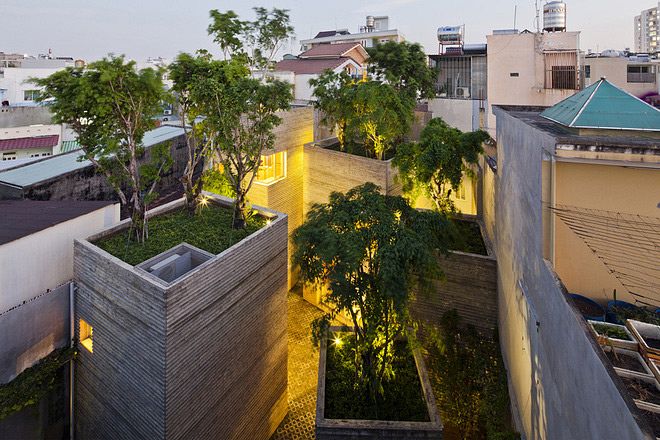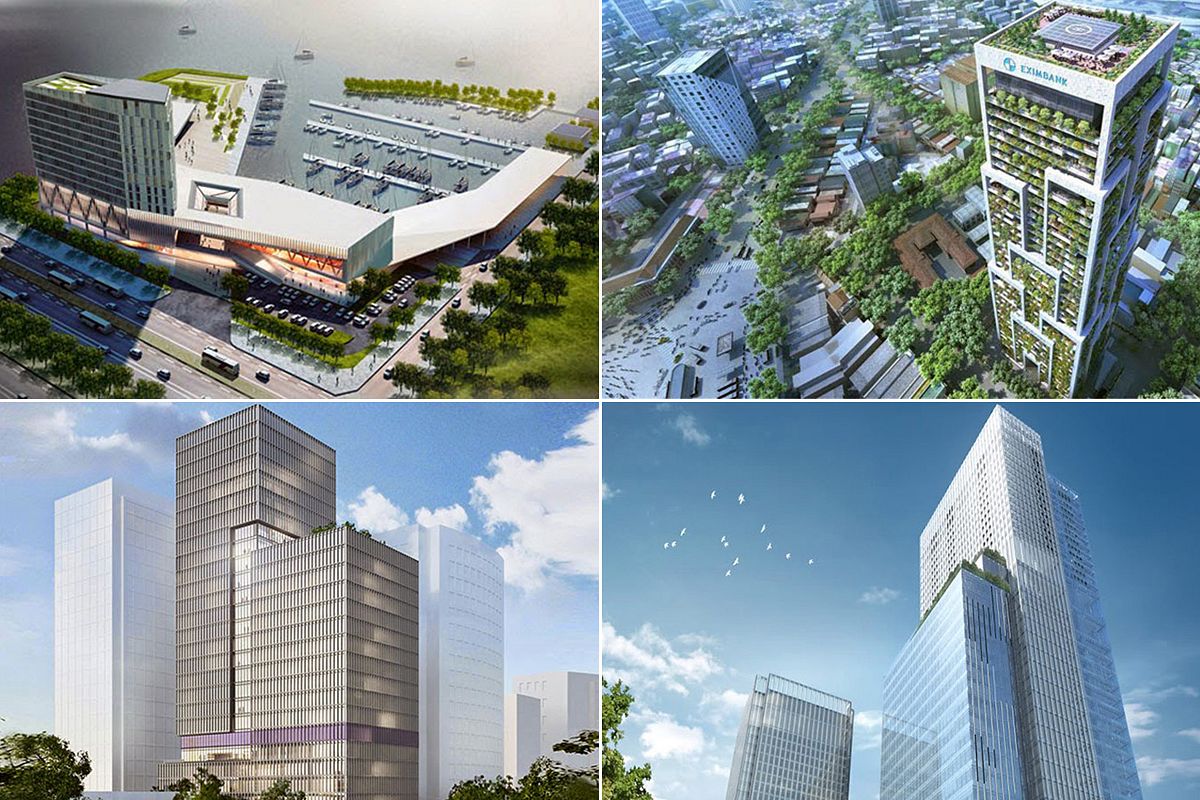There's a lot going on in the world of Vietnamese air quality these days. From Hanoi reaching Beijing-level pollution earlier this month to Saigon getting its first publicly accessible real-time air quality index (AQI) readings in years, Vietnam's urban centers are beginning to pay closer attention to the air we breathe.
Up north, air quality hit a new low on the morning of March 1, when the capital's AQI spiked to 388, putting the city on par with Beijing's infamous air pollution. Some were quick to take to social media, including local celebrity John Hung Tran, who posted a warning on his Facebook page urging Hanoians to stay inside.
“Don't go outside!!! Please, please share and protect your family,” Tran wrote. “This morning Hanoi had an AQI of 388, which is severely polluted and very bad for even healthy people. Everyone knows that air pollution in China is bad, real bad. However, the air quality in Hanoi is equally as bad if not worst (sic).”
Tran's comments – not to mention the 2,000-plus shares his post received on social media – went on to spur a larger debate in the Vietnamese press about the assertion that Hanoi's air quality was on par with that of the Chinese capital.
According to Deputy General Director of the Vietnam Environment Administration (VEA) Dr. Hoang Duong Tung, VEA monitoring equipment reported similar numbers to the United States Embassy in Hanoi, whose real-time AQI data is available to the public. However, Dr. Tung told Tien Phong, air quality in the two cities cannot be compared by monitoring only a few locations. Rather, a proper comparison would require AQI data from multiple locations over an extended period of time, the official asserted.
While Dr. Tung was quick to discourage the parallels between Hanoi and Beijing, the official conceded that air pollution is a growing problem in the capital. In 2013, for instance, the country's National Environmental Report found Hanoi had experienced 237 days of poor air quality, 21 days of bad air quality and one day of hazardous air quality, according to Tien Phong. Today, as traffic congestion grows and the capital boasts over 1,000 large and small construction sites across the city, Hanoians are increasingly subject to unhealthy levels of air pollution.
“If industries and relevant agencies do not have a proper understanding of air pollution as a serious and urgent problem, one day Hanoi and Saigon will be no less polluted than Beijing,” Dr. Tung told Tien Phong in a separate article.
Hanoi – or even Vietnam, for that matter – is not alone in this dilemma. Yale University's 2016 Environmental Performance Index (EPI) found half of the world's population – 3.5 billion people – lives in countries with unsafe air quality. Of those 3.5 billion, 1.3 billion are in the East Asia and Pacific region. That said, the country still faces a particularly difficult uphill battle with air pollution: the year before, in 2015, EPI findings put Vietnam in 170th place out of 178 countries in terms of air quality.
For Vietnam, the first step toward a solution is identifying the scope of the problem. While residents of both Hanoi and Saigon are aware of their cities' air pollution, public access to concrete data can be hard to find. AQI readings from the American Embassy, and more recently, the US Consulate in Ho Chi Minh City, may provide local residents with access to real-time data, however each of these monitoring systems accounts for a small area of the larger urban center in which it is located. A wider network of air quality monitoring equipment would go a long way to providing officials and environmental experts with much-needed data concerning air pollution levels, both in Saigon and Hanoi.
To be fair, the HCMC Environmental Protection Agency (HEPA) down south has long had its own air quality monitoring system, albeit the organization's data is only made public on its website in semi-annual reports. HEPA's equipment, purchased in 2000 with the help of foreign funds, includes nine monitoring stations, all of which have fallen into disrepair and are only seldom checked.
As a result, air quality information in Saigon is limited at best. Late last month, however, city officials announced a VND495 billion (US$22.2 million) plan to upgrade the city's air and water quality monitoring systems by 2020. Though the ambitious proposal still requires funding, if all goes well the city will invest in 27 automatic monitoring stations as well as 227 semiautomatic monitoring stations for surface water, groundwater and air quality.
This move has yet to provide a concrete solution to the southern hub's ever-increasing air pollution woes – nor the capital's, for that matter – but comprehensive air quality data is a step in the right direction. As AQI levels rise, relevant agencies will have to reconcile urban Vietnam's hyperspeed development with its environmental cost. Currently, Dr. Tung, the VEA deputy general director, is in the process of submitting a plan of action to government officials regarding urban air pollution. The implementation of this plan, he explains, will be determined by several concerned ministries, industries and localities.
[Photo via VietnamNet]














